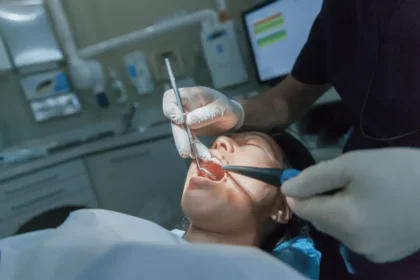Sports physicals are a fundamental first step in preparing young athletes for a safe and successful season. More than just a routine checkup, these evaluations help identify underlying health issues and make sure a child is physically ready to participate in sports. Understanding the benefits of sports physicals empowers parents and coaches to prioritize injury prevention and support long-term athletic health.
Sports Physical Explained
A sports clearance physical involves several parts that work together to evaluate a young athlete’s overall health. The exam usually takes 45 to 60 minutes and includes both paperwork and hands-on testing. The doctor starts by reviewing the child’s medical history and asking questions about their lifestyle. These questions cover topics such as diet, exercise habits, and any past injuries or health issues. Parents and athletes should answer these questions honestly to help the doctor get the full picture of the child’s health.
The physical examination includes checking core signs like blood pressure and heart rate. The doctor listens to the heart and lungs to make sure they are functioning properly. They also test vision, hearing, and reflexes to check how well the nervous system functions. The doctor gently presses on the abdomen to check internal organs and may order blood tests or urine tests to look for hidden health problems.
Preventing Injuries Before They Happen
One of the most beneficial aspects of sports physicals is their ability to identify potential injury risks before they develop into serious problems. Doctors look for muscle imbalances, joint problems, and other physical issues that may increase the likelihood of injuries. The exam helps spot conditions like heart problems that could become dangerous during intense exercise. Early detection of these issues allows doctors to recommend treatments or modifications that keep young athletes safe.
Athletes with conditions such as asthma or diabetes greatly benefit from athletic physicals. The exam allows doctors to develop specific plans to manage these conditions during athletic activities. This may include prescribing inhalers for asthma or creating blood sugar monitoring schedules for diabetes.
Monitoring Growth and Development
Sports physicals offer valuable opportunities to monitor the growth and development of young athletes over time. Regular checkups allow doctors to detect changes in height, weight, and overall physical maturity. These factors may impact athletic performance or increase the risk of injury.
These exams help identify growth-related issues that commonly affect young athletes. Growth spurts can sometimes cause temporary coordination problems or increase the risk of injury in certain sports. Doctors use this information to provide guidance about training modifications or technique adjustments that accommodate these natural changes.
Aiding Safe Participation
Sports physicals establish clear guidelines for safe athletic participation by addressing any health concerns before the sports season starts. When doctors identify health issues during these exams, they develop treatment plans that allow continued participation in sports whenever possible. The documentation from athletic physicals helps schools and athletic organizations make informed decisions about athlete participation.
This official clearance protects both the athlete and the organization by making sure all health factors have been evaluated properly by medical professionals. Athletes who receive clearance from their sports physicals feel more confident about their ability to participate safely in their chosen sports. This peace of mind allows them to focus on training, skill development, and enjoying their athletic experiences.
Book Your Sports Physicals Today
Sports physicals provide fundamental protection for young athletes by identifying health issues early and creating safe participation guidelines. These comprehensive exams help prevent injuries and make sure athletes are ready for successful sports seasons. Schedule your child’s sports physical by contacting your healthcare provider to book an appointment.









